The current church is a massive thing from the late 19th century but there was a major monastery here (41.001719,28.932852) from 1031 in which a couple of emperors were buried. The sacred spring (pilgrims still visit the ayazma) seems to have been the reason that the monastery was built here, and the genesis of the Turkish name. The Greek name, Peribleptos, comes from the word for ‘conspicuous’ and refers to the prominent position overlooking Samatya.
Bits of the Byzantine church are here. Mamboury noted that one could see Byzantine foundations from the tram until 1924. These days, one has to hunt among the interesting housing. Fortunately, the inhabitants are interested in what strangers with cameras are doing.
The Byzantine church was a fixture on the pilgrimage trail in late Byzantine times. Gregory of Smolensk, one of the influential Russian travellers of the fourteenth and fifteenth centuries saw fit to make two visits to Peribleptos because of the sheer number of relics that it was necessary to kiss (Majeska (1984) p96). Apparently, the hand of John the Baptist [2] was here during his visit in 1389, rather than at the Hebdomon.
The building appears to have become a Latin Church after the 1204 crusade. This meant that when Michael VIII Palaiologos retook Constantinople in 1261, it no longer had a congregation or upkeep. Consequently, it was available for use by the Armenian population after the Ottoman conquest in 1453. It was the site of the first Armenian Patriarchate, which moved to the current Kumkapı location in 1641. There is a nice story that Sultan Ibrahim had a favourite Armenian concubine, named Şeker Parça (piece of sugar) who weighed 150kg or so and had such influence over him that he was persuaded to transfer ownership of the church from the Greeks to the Armenians in 1643. Unfortunately, there is an authoritative source that recognises the church as Armenian from the 15th century. This is now a pleasant and thriving Armenian centre. The schools on the site have a nice atmosphere and it is good to see the Armenian community in such good condition in Istanbul. The ayazma is open at 10am on Tuesdays.
Some of the columns from the Byzantine Church of St Mary Peribleptes were used in the construction of that vast column museum, the Süleymaniye. I have no idea which ones they are – red porphyry, I believe.
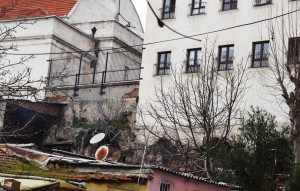 [7]
[7]These vaults were mentioned by Mamboury in the 1950s and properly described by Ferudun Özgümüş in 1998
Because the remains of the Byzantine building are limited to the vaults, it is difficult to determine the form of the actual church. Recent studies have compared the configuration of the basement with those of middle-Byzantine churches and come up with a high probability that the Katholikon of the Byzantine Monastery of St Mary Peribleptos was composed of a broad nave with a central octagonal section supporting a large dome on squinches. This is larger than previous reconstructions suggested, and more congruent with descriptions from contemporary pilgrims, especially the excellently named Ruy Gonzales de Clavijo who visited in 1403.
As of July 2019, the vaults are occupied by a welder and family.
The plaster continues to flake off and reveal more of the lovely stonework.
Ball, A, “Peribleptos Monastery”, 2008, Encyclopaedia of the Hellenic World, Constantinople Available online at: http://www.ehw.gr/l.aspx?id=12325 [10] Accessed 10th Aug 2016
Dark, K., “The Byzantine church and monastery of St. Mary Peribleptos in Istanbul,” The Burlington Magazine 141.2 (Nov. 1999), pp. 656-7
Majeska, Robert P. (1984): Russian travellers to Constantinople in the 14th and 15th Centuries.Dumbarton Oaks, Washington D.C.
Mamboury, E (1925) Constantinople: Tourists’ Guide, 1st edition. Rizzo and Son, Constantinople.
Mamboury, E (1951): Istanbul Touristique. Çituri Biraderler Basımevi, Galata.
Mango, C. (2002) “The monastery of St. Mary Peribleptos (Sulu Manastır) at Constantinople revisited,” Revue d’Études Arméniennes 23, pages 474, 489.
Mathews, T and Ö Dalgıç (2016) A New Interpretation of the Church of Peribleptos and its Place in Middle Byzantine Architecture. 4. Uluslararası Bizans Arıştırmaları Semposyumu. Abstract Available at: http://sgsymposium.ku.edu.tr/symposium/abstracts-of-papers2007/thomasfmathewsorgudalgic [11] Accessed 10th Aug 2016
Özgümüş, F. (2000) ‘Peribleptos (Sulu Manastır) in İstanbul’, Byzantinische Zeitschrift 93/2. pages 508-520.
Vin, J.P.A van der (1980) Travellers to Greece and Constantinople: Ancient Monuments and old traditions in Medieval Travellers’ Tales. Nederlands Historisch Archaeologisch-Instituut te Istanbul. Available online at http://www.nino-leiden.nl/doc/PIHANS049.pdf [12]
 [13]
[13]
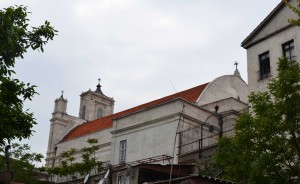
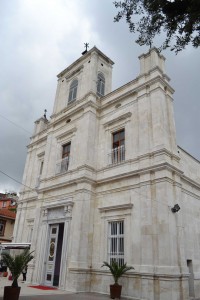
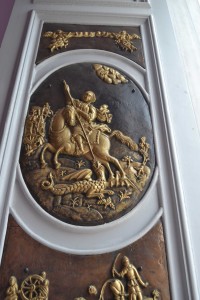
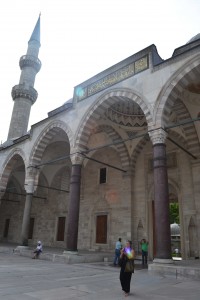
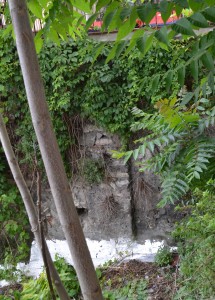
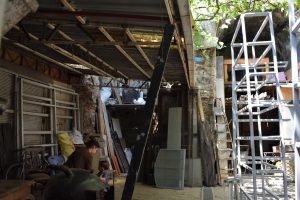
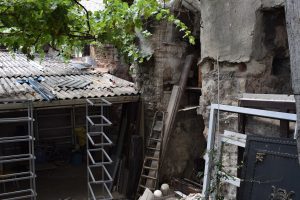
1 Comment To "Monastery of St Mary Peribleptos/Armenian Church of St Kevork (George)/Sulu Manastir/Armenian Church of St George of Samatya"
#1 Pingback By Enormousfish | Index | Adam Kaya Heskith | Author and Writer | Enormousfish On June 30, 2014 @ 12:38 pm
[…] Armenian Church of St Kevork (George) […]